Marine Engine Wear and Tear
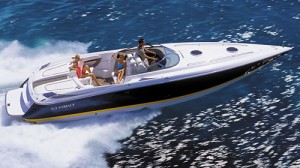 Every engine needs oil to maintain proper lubrication and preserve the integrity of the various moving components. This is particularly important for marine engines because of two factors that cause an unusual amount of wear and tear. First of all, outboard motor motors constantly run at a high RPM, and, on top of that, have to maintain their torque through waves and adverse conditions.
Every engine needs oil to maintain proper lubrication and preserve the integrity of the various moving components. This is particularly important for marine engines because of two factors that cause an unusual amount of wear and tear. First of all, outboard motor motors constantly run at a high RPM, and, on top of that, have to maintain their torque through waves and adverse conditions.
The fact that boats often go weeks, months or, in some cases, even years between uses doesn’t bode well for them either. Because of these constant strains on the engine, it is crucial to perform routine maintenance and change your outboard motor oil frequently. This will not only improve your boat’s performance, but will also prolong its life.


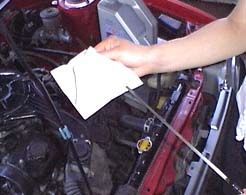
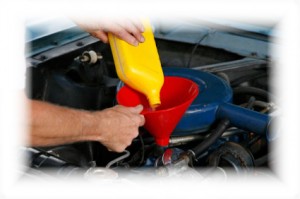

 Yesterday we reviewed some of the pre-ride checks that you should go through every time you ride your motorcycle — primarily, checking the levels of gas and
Yesterday we reviewed some of the pre-ride checks that you should go through every time you ride your motorcycle — primarily, checking the levels of gas and 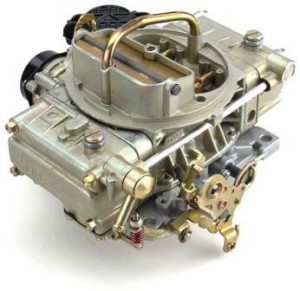 The carburetor is one of the most vital components of any two-stroke engine, as it works to blend the air, fuel, and
The carburetor is one of the most vital components of any two-stroke engine, as it works to blend the air, fuel, and 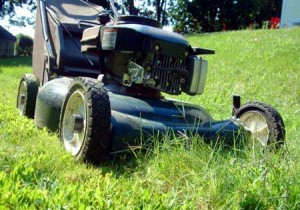 Now that we have overviewed the inner workings of a two-stroke engine, the advantages should be ascertainable. The consolidation of the stroke cycle allows for a more rudimentary and lightweight design, which also produces more power. This combination makes two-stroke engines ideal for various handheld equipment and small vehicles. With these obvious advantages, some may be wondering why two-stroke engines aren’t used in cars and other large vehicles.
Now that we have overviewed the inner workings of a two-stroke engine, the advantages should be ascertainable. The consolidation of the stroke cycle allows for a more rudimentary and lightweight design, which also produces more power. This combination makes two-stroke engines ideal for various handheld equipment and small vehicles. With these obvious advantages, some may be wondering why two-stroke engines aren’t used in cars and other large vehicles.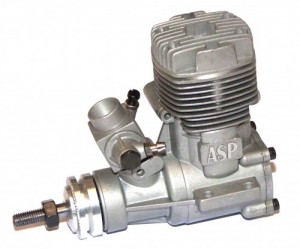
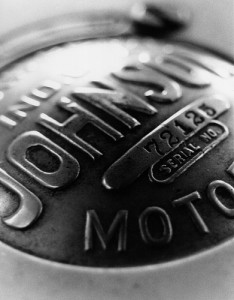 The benchmark for two cycle oil is TC-W3 certification. Two stroke engines require users to mix the fuel with
The benchmark for two cycle oil is TC-W3 certification. Two stroke engines require users to mix the fuel with 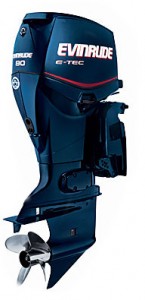 A recent study of outboard motors yielded evidence that quieter motors are also more fuel efficient as well as better for the environment. The test was run on a 1988 Evinrude outboard motor versus a 2008 Evinrude outboard motor. The results of the test were as follows:
A recent study of outboard motors yielded evidence that quieter motors are also more fuel efficient as well as better for the environment. The test was run on a 1988 Evinrude outboard motor versus a 2008 Evinrude outboard motor. The results of the test were as follows: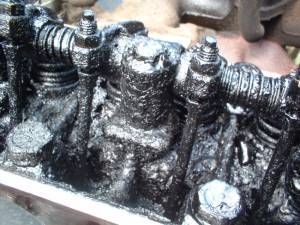 What exactly does engine oil do for your car? Engine oil prevents all the metal surfaces in your engine from grinding together due to friction. It also keeps your engine free from all the foul by-products that build up inside an engine because of combustion. In addition, engine oil protects all the moving parts of an engine.
What exactly does engine oil do for your car? Engine oil prevents all the metal surfaces in your engine from grinding together due to friction. It also keeps your engine free from all the foul by-products that build up inside an engine because of combustion. In addition, engine oil protects all the moving parts of an engine. 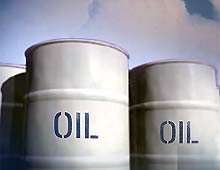 All oils are not created equal. When you’re shopping for new
All oils are not created equal. When you’re shopping for new